Pilar Pinilla-Dominguez
Associate Director of the National Institute for Health and Care Excellence (NICE) International and Education Services
NICE have been developing evidence-based recommendations on best practice and rigorously assessing new medicines and technologies for use in the NHS in England for over 25 years. Under the NHS constitution, patients have the right to medicines and treatments that NICE recommends. And the NHS is legally obliged to fund treatments NICE recommends in its health technology assessment (HTA) programme, technology appraisals and highly specialised technologies. So, it’s vital that NICE only recommends treatments that are both clinically and cost effective. This helps make sure the NHS uses its resources fairly and effectively[1].
Over time NICE has found itself navigating increasingly complex terrain, particularly in the evaluation and adoption of treatments that offer transformative potential for patients but whose high (and sometimes also upfront) costs and long-term uncertainties pose significant challenges for HTA, reimbursement and patients. Examples of these include certain treatments for ultra-rare conditions or advanced therapeutic medicinal products.
NICE’s approach to evaluating rare and ultra-rare diseases
NICE’s standard HTA methods and processes are designed to be flexible, and adaptable for all technologies and conditions. They are therefore suitable for most technologies that treat rare diseases and small populations. NICE’s HTA structured decision-making framework considers the clinical and cost effectiveness of new therapies. It considers a therapy to be ‘a good use of NHS resources’ if it’s associated with an incremental cost-effectiveness ratio below £20,000 to £30,000 per quality-adjusted life year gained. However, it also accounts for other factors beyond clinical and cost effectiveness, including health (in)equalities, severity (where health gains in more severe conditions are valued more than in those for less severe conditions), uncaptured benefits, non-health factors (where applicable), or the level of uncertainty associated with the evidence available for the technology. In general NICE will normally be more cautious about recommending a technology if the evidence presented is less certain. However, NICE also acknowledges that there are certain technologies or population for which evidence generation is particularly difficult. This includes rare diseases, paediatric population or innovative and complex technologies. In these specific circumstances, NICE may be able to make recommendations accepting a higher degree of uncertainty while considering the nature, scale and consequences of the decision uncertainty and the risks to patients and the NHS[1, 2].
.
Despite this flexibility, NICE recognises that some therapies for ultra-rare conditions may require a deviation from the standard HTA approach as there is a risk of delivering results that are not equitable for these populations. This is done through the highly specialised technologies programme, which is designed to be used in exceptional circumstances, is flexible and considers a much higher incremental cost-effectiveness threshold for guiding decisions. Through this programme, NICE aims to strike a balance between the desirability of supporting access to treatments for ultra-rare diseases and the resulting inevitable reduction in overall health gain across the NHS[3].
A Framework for Innovation and Access
NICE’s HTA approach has evolved and adapted throughout the years. It has done so alongside broader policy frameworks, such as pricing agreements like the 2024 Voluntary Scheme for Branded Medicines Pricing, Access and Growth (VPAG, an agreement between the Department of Health and Social Care, NHS England, and the Association of the British Pharmaceutical Industry (ABPI) to guide pricing for branded medicines). VPAG explicitly supports the use of commercial flexibilities and managed access agreements to enable earlier access to promising therapies while further evidence is gathered through managed access agreements[4].
In parallel, the NHS Commercial Framework for New Medicines, outlines how NHS England collaborates with industry to negotiate enhanced commercial arrangements. NICE supports these negotiations. These include confidential discounts, and other more complex types of arrangements. The framework encourages early engagement and flexible pricing strategies, particularly for high-cost, high-impact therapies. The preferred option are always simple commercial arrangements such as simple discounts on list prices[5].
NICE’s Commercial and Managed Access Programme
NICE’s Commercial and Managed Access Programme plays a pivotal role in operationalising these policies. It facilitates structured engagement between companies, NHS England, and NICE at multiple stages of the appraisal process. Managed access agreements are particularly relevant for some promising therapies that have a plausible potential to be cost effective but due to uncertainty on their clinical evidence at the time of evaluation, cannot be recommended for routine use in the NHS. These agreements allow conditional NHS funding while additional data is collected to address uncertainties in clinical or cost-effectiveness. These uncertainties must be mitigated during a pre-specified period of time through further data collection. NICE then re-evaluates the therapy after the period for data collection and will then recommend or not recommend the therapy for routine use in the NHS. All managed access agreements must have a data collection agreement and a commercial agreement and they are designed to be used in exceptional circumstances only because of the costs and risks of all parties involved[6].
Case Study: Etranacogene Dezaparvovec for Haemophilia B
A recent example that illustrates the strengths and challenges of this approach is etranacogene dezaparvovec (Hemgenix), a gene therapy for adults with moderately severe or severe haemophilia B. Conditionally recommended in NICE Technology Appraisal 989, the therapy is available through a managed access agreement that includes a commercial component[7].
The therapy offers a one-time infusion that delivers sustained expression of Factor IX, potentially eliminating the need for lifelong prophylactic treatment. However, uncertainties remain regarding the durability of effect and long-term safety. The managed access agreement allows eligible patients to benefit from the therapy while these questions are addressed through ongoing data collection, which brings important difficulties. This case exemplifies how NICE, in collaboration with NHS England and industry, is using flexible mechanisms to enable access to high-cost therapies while mitigating the risk for patients and the NHS.
Looking Ahead
As more disruptive therapies enter the pipeline, NICE’s experience can be helpful for others. The success of the approaches taken depend on transparent governance, robust data infrastructure, and sustained collaboration across stakeholders. Having a strong policy foundation is also critical. Ultimately, HTA should be understood as a dynamic enabler of access and innovation. By allowing for flexibilities and arrangements, where relevant and justified, HTA can help to ensure that the promise of innovative technologies translates into real-world benefits for patients, while safeguarding the sustainability of the public health care systems.
REFERENCES
1. National Institute for Health and Care Excellence (NICE): How NICE makes its decisions, https://indepth.nice.org.uk/how-nice-makes-its-decisions/index.html
2. National Institute for Health and Care Excellence: NICE health technology evaluations: the manual, https://www.nice.org.uk/process/pmg36/chapter/introduction-to-health-technology-evaluation
3. National Institute for Health and Care Excellence (NICE): Highly specialised technologies: NICE prioritisation board routing criteria, https://www.nice.org.uk/process/pmg46/resources/highly-specialised-technologies-nice-prioritisation-board-routing-criteria-15301445581/chapter/the-vision
4. Department for Health and Social Care, Association of British Pharmaceutical Industry: 2024 voluntary scheme for branded medicines pricing, access and growth, https://www.gov.uk/government/publications/2024-voluntary-scheme-for-branded-medicines-pricing-access-and-growth
5. NHS England: NHS commercial framework for new medicines, https://www.england.nhs.uk/publication/nhs-commercial-framework-for-new-medicines/
6. National Institute for Health and Care Excellence: NICE Managed Access, https://www.nice.org.uk/about/what-we-do/our-programmes/managed-access
7. National Institute for Health and Care Excellence: NICE Technology Appraisal 989: Etranacogene dezaparvovec for treating moderately severe or severe haemophilia B, https://www.nice.org.uk/guidance/ta989






















